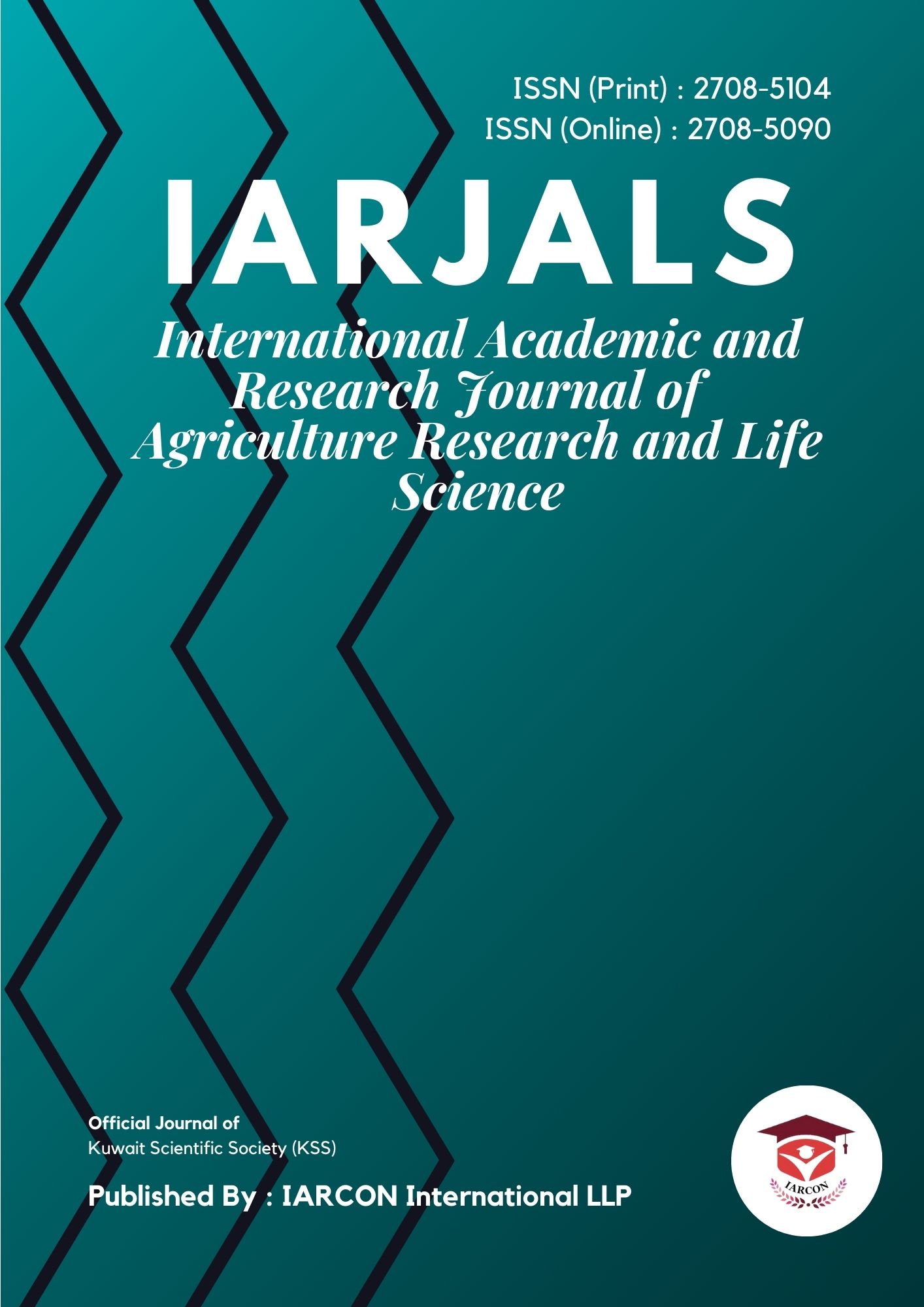The effect of different staking on the growth and yield of the climbing beans (HV/Namulenga) in Bushumba, Kabare-Nord, the South Kivu province, east of the Democratic Republic of Congo
The climbing beans varieties are more productive than dwarf varieties. However, the expansion of their culture is limited by the availability of stakes. In addition stakes must meet certain criteria (eg length) for good plant growth. It is therefore important to research optimal staking methods for good production of climbing beans. It is for this purpose that a test was conducted in the agro pastoral area of Mushweshwe, in the Bushumba area, Kabare territory. The experimental set-up was complete random block with 5 repetitions and 5 types of staking: the stake of the tripod, the outside T stakes + string + spike, the single stake of 3 m, the crossed stakes and the single stake of 1 m considered as control treatment. Single stake of 3 m has the same yield 4 to 5 t/ha as outside T stakes + string + spike. The following staking: crossed stakes and single stake of 3 m are so vigorous than rope or outside T stakes + string + spike, stake of the tripod and single stake of 1 m. Crossed stake plants are taller or giants and also a higher number of seeds per pod than single stake of 3 m, rope, stake of the tripod and single stake of 1m. The leaf area of climbing bean is the same for all applied stake systems. Single stake of 3 m (P3) has the same yield as outside T stakes + string + spike which has a high performance (4-5 t / ha) than stake of the tripod, crossed stake and, single stake of 1m .For a better future of our households, and also for a good economy and development, we recommend to the practice of climbing beans by sowing in rows and using the single stake of 3 m and the outside T stakes + string + spike or a rope. Let climbing bean farmers know that the ideal long stake is 3 m. The production increases steadily with the length of stakes up to this level and remains unchanged beyond this height.

